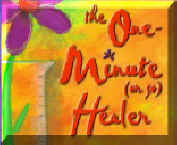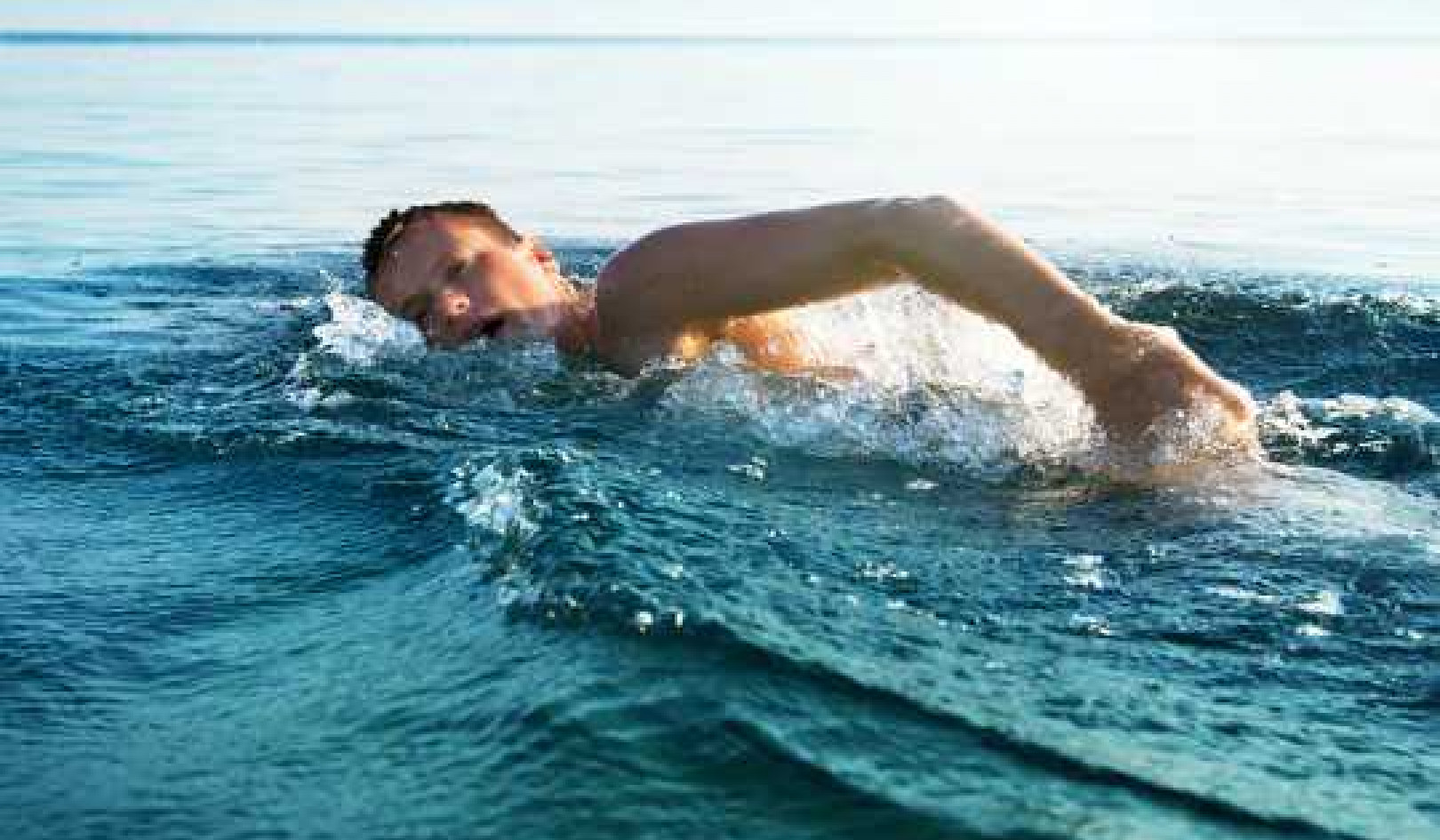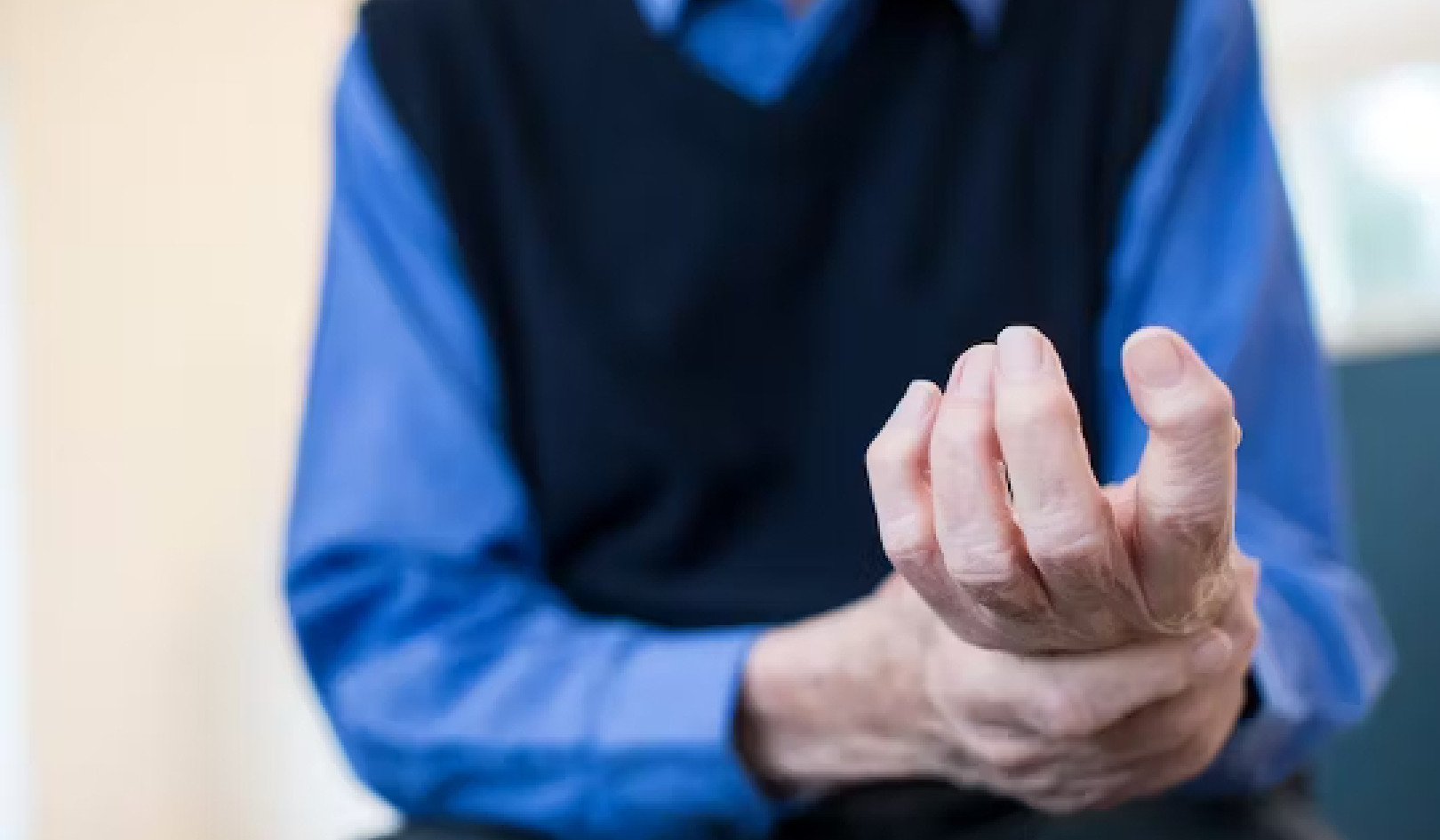Falling asleep can be so easy, and yet at times it can be so difficult. When insomniacs meet with narcoleptics (people who have an uncontrollable tendency to fall asleep throughout the day), each is inevitably jealous of the other's condition.
The Zenlike solution for people having difficulty falling asleep is to avoid trying so hard. However, telling an insomniac to not try to fall asleep is like telling someone who is starving to try to fast when sitting at a dinner table.
It may be reassuring to know that 15 to 25 percent of all adults suffer regularly from insomnia, but this awareness usually doesn't make falling asleep any easier. In fact, there are probably readers who will now stay up nights organizing 3:00 A.M. meetings of Insomniacs Anonymous.
While some insomniacs have difficulty falling asleep, others wake up frequently and have problems staying asleep.
Do You Really Need Eight Hours of Sleep?
The good news is that everyone does not necessarily need to have eight hours of sleep a night. Some people define themselves as "insomniacs" because they regularly sleep only five or six hours, when they should think of themselves more accurately as high-energy people who don't need a lot of sleep. Some people's body rhythms are such that their highest and most creative energy occurs late at night. The wakeful state that these people experience is not a sign of illness; it may simply be a signal -- sometimes an exasperatingly loud one -- that the person should use this alert time to do some creative work.
Perhaps the best way to determine if you're getting enough sleep each night is if you feel rested and refreshed upon waking. If you don't feel rested and need some help, read the next set of strategies, and you may soon be getting sleepy, very sleepy... very, very sleepy.
Relaxation trick #1
Hypnotize yourself. Feel total relaxation in your feet, then slowly feel the relaxation move up your body. Tell yourself that each part is feeling warm, comfortable, and relaxed. Use diaphragmatic breathing that will help relax you further (see a more detailed description of this type of breathing in the Asthma chapter).
Relaxation trick #2
Massage the soles of your feet, or preferably, have them massaged for you. This type of massage can be very relaxing.
Don't sleep tight: Relaxation trick #3
Take a warm bath in which you add a couple of drops of one or more essential oils such as orange blossom, meadowsweet, and hops.
The melatonin solution
Many people swear by this one. Start by taking 1.5 mg of melatonin per day about two hours or less before bedtime. If this doesn't work, gradually increase the dose until you find a dose that seems to work (don't take more than 5 mg per day).
Hops to it
Hops is the herb that is used to make beer, and it is also used by herbalists to help people fall asleep. Some people brew a tea of it; others purchase the hops leaves and insert them into a pillow. "Dream pillows" are also available for purchase; these are small pillows filled with various sweet-smelling herbs that help you think sweet thoughts and dream sweet dreams.
Don't count sheep, count on sheep's wool
Wool blankets are better able to regulate skin and body temperature than synthetic blankets. A comfortable comforter may help you sleep better.
Avoid caffeinated products
Cafeine and other stimulants lurk in unsuspecting places, including colas, aspirin, diet pills, black tea, and of course, coffee. Nicotine in cigarettes is also a stimulant that will keep you up at night.
Avoid catnaps
Day naps should be avoided if you have problems with insomnia. Save your best 40 winks for nighttime.
Bedrooms are for sleeping
Avoid using your bedroom for stressful activities such as paying bills or doing work. Let your bedroom be a soothing, quiet, and relaxing place to be at all times.
Talk out loud
By vocally releasing the things that are bothering you, you are letting go of them. Acknowledge your anxieties, insecurities, and fears out loud. Get these emotions out and they may then let you sleep. Keeping a journal can also be very cathartic.
Article Source
The One Minute (or so) Healer
by Dana Ullman, MPH.
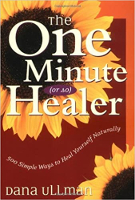 The One-Minute (Or So) Healer, drawing on a wide range of natural healing approaches including nutrition, yoga, homeopathy, massage, relaxation, and even humor, not only gets readers back on their feet, but also provides them with quick and easy ways to do so.
The One-Minute (Or So) Healer, drawing on a wide range of natural healing approaches including nutrition, yoga, homeopathy, massage, relaxation, and even humor, not only gets readers back on their feet, but also provides them with quick and easy ways to do so.
Using a relaxed, humorous style, this guide addresses 31 common health problems along with 500 healing techniques.
Click here for more info or to order the latest edition of this book.
(EDITOR'S NOTE: The remedies presented here have taken from the book: "The One Minute (or so) Healer" by Dan Ullman, MPH. While we present a few suggestions here, the book contains 500 simple ways to heal yourself naturally.)
About the Author
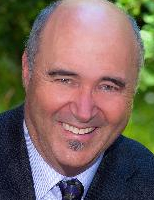 DANA ULLMAN M.P.H. is one of America’s leading advocates for homeopathy. Hehas been certified in classical homeopathy by the leading organization in the U.S. for professional homeopaths. Dana has authored 10 books. He has also created an e-course How to Use a Homeopathic Medicine Kit which integrates 80 short videos (averaging 15 minutes) with his famous ebook, entitled Evidence Based Homeopathic Family Medicine.
DANA ULLMAN M.P.H. is one of America’s leading advocates for homeopathy. Hehas been certified in classical homeopathy by the leading organization in the U.S. for professional homeopaths. Dana has authored 10 books. He has also created an e-course How to Use a Homeopathic Medicine Kit which integrates 80 short videos (averaging 15 minutes) with his famous ebook, entitled Evidence Based Homeopathic Family Medicine.
He is the founder of Homeopathic Educational Services which is America’s leading resource center for homeopathic books, tapes, medicines, software, and correspondence courses. Homeopathic Educational Services has co-published over 35 books on homeopathy. For more about Dana Ullman, visit https://homeopathic.com/about/


